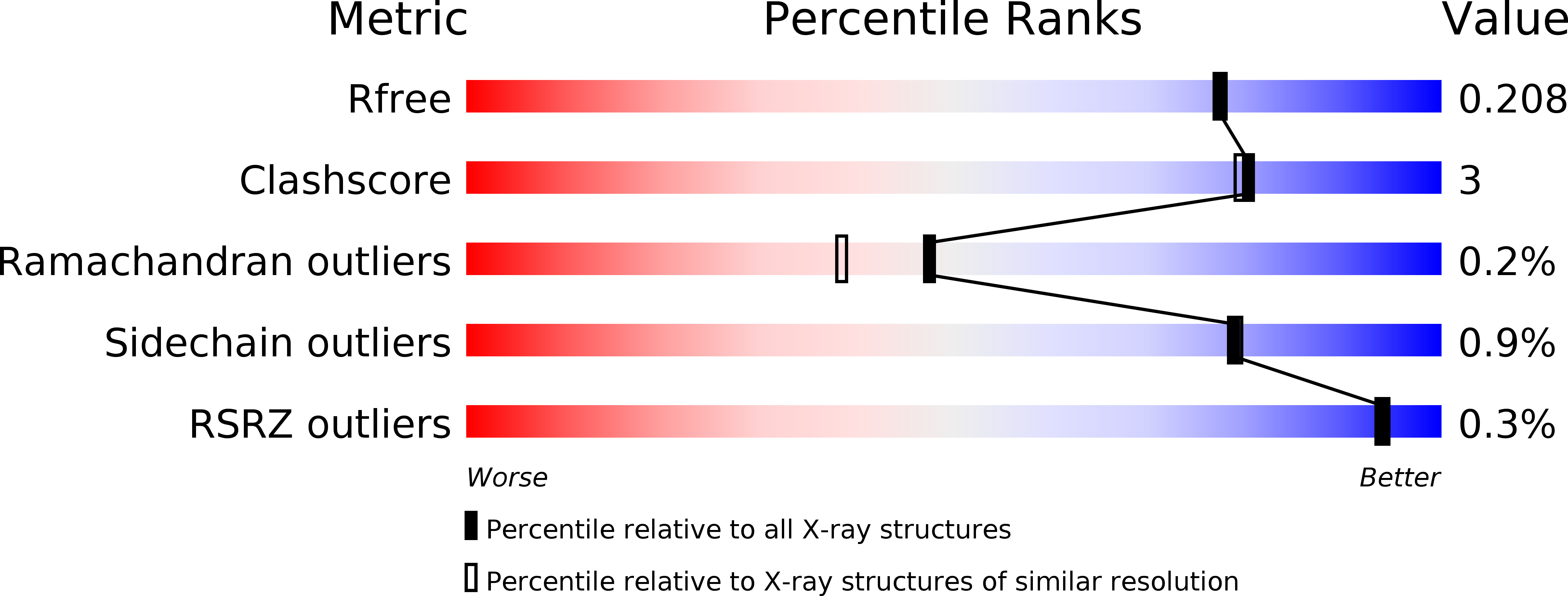
Deposition Date
2019-05-26
Release Date
2019-12-18
Last Version Date
2024-01-24
Entry Detail
PDB ID:
6RTU
Keywords:
Title:
Piperideine-6-carboxylate dehydrogenase from Streptomyces clavuligerus complexed with alpha-aminoadipic acid
Biological Source:
Source Organism:
Streptomyces clavuligerus ATCC 27064 (Taxon ID: 443255)
Host Organism:
Method Details:
Experimental Method:
Resolution:
1.90 Å
R-Value Free:
0.20
R-Value Work:
0.16
R-Value Observed:
0.16
Space Group:
C 2 2 21


